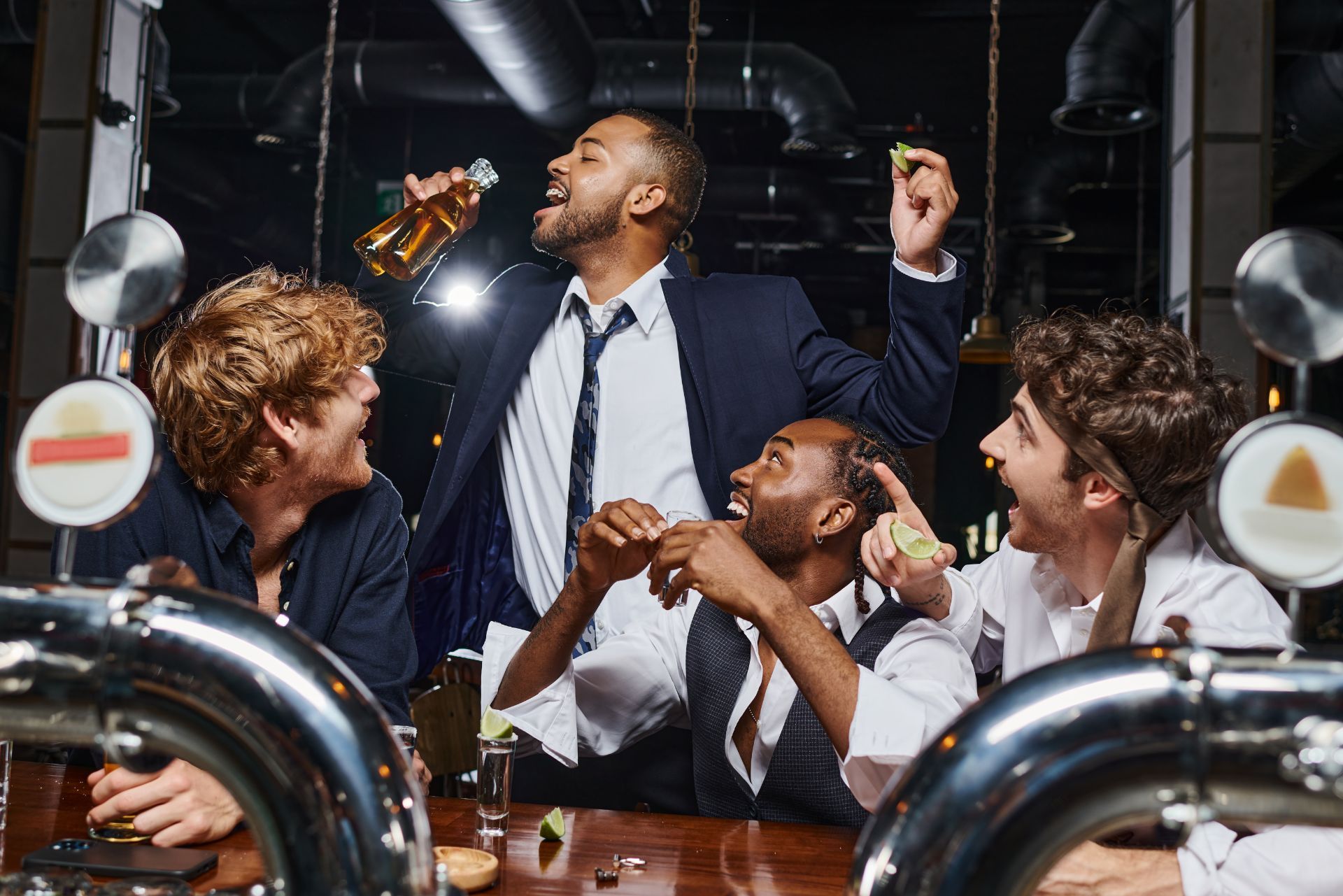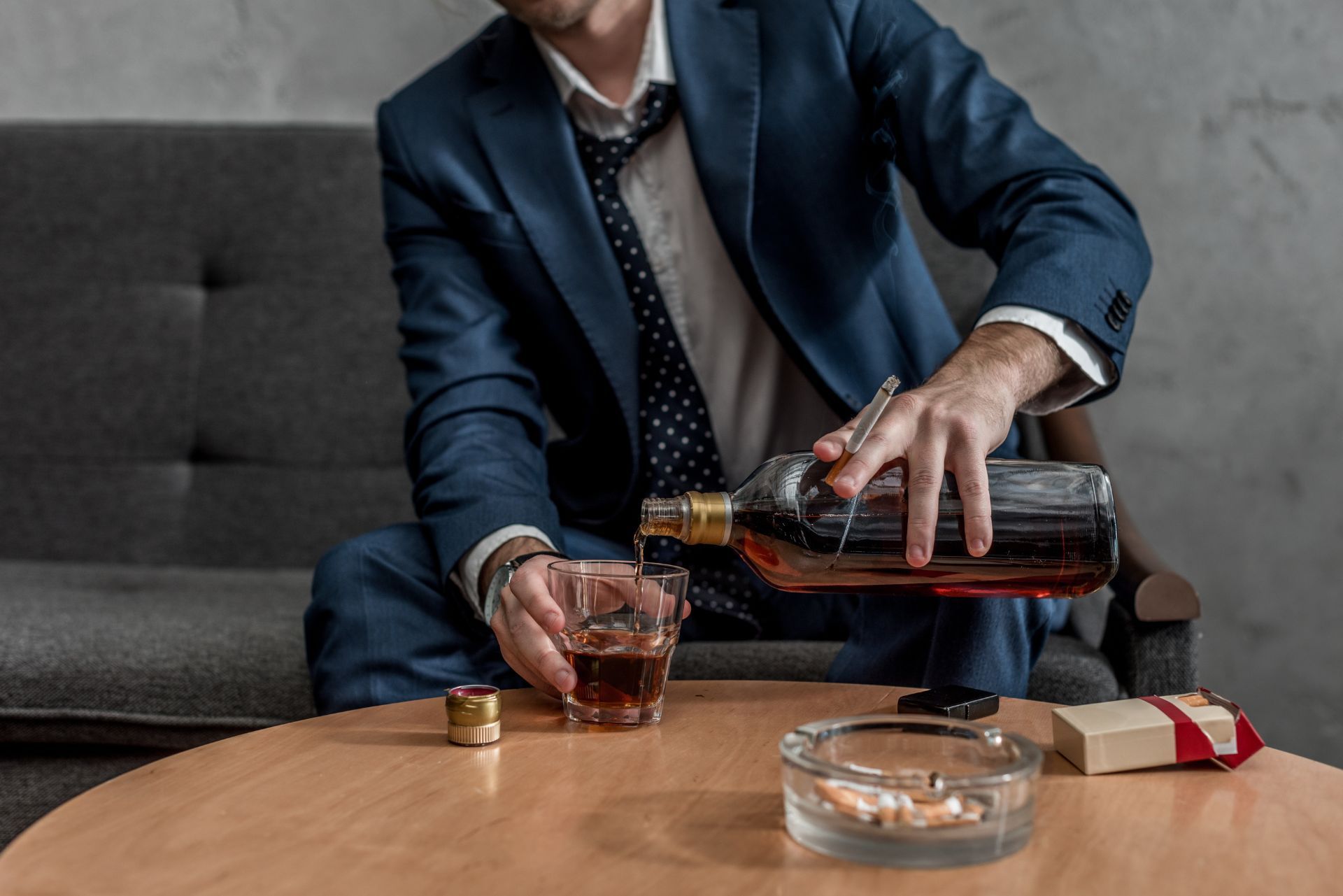Top 3 Recommended Policies

Operating a bar, restaurant, or any establishment serving alcohol in New York comes with unique risks and responsibilities. Among these, securing appropriate liquor liability insurance is crucial to protect your business from potential legal and financial fallout related to alcohol service. With rising claims and evolving insurance market dynamics, understanding liquor liability insurance in New York has never been more important. This comprehensive guide will walk you through everything you need to know—from why liquor liability coverage matters, recent market trends, to how insurers assess risk in today’s environment.
What Is Liquor Liability Insurance and Why Is It Essential in New York?
Liquor liability insurance is a specialized type of coverage designed to protect businesses that manufacture, sell, or serve alcoholic beverages. In New York, where nightlife and hospitality thrive, this insurance safeguards establishments against claims arising from damages or injuries caused by intoxicated patrons. This can include incidents like drunk driving accidents, assaults, or property damage linked to alcohol consumption on your premises.
Given the legal complexities and potential for costly lawsuits, liquor liability insurance is not just a precaution—it’s often a necessity. Without it, businesses face the risk of paying out-of-pocket for legal defense and settlements, which can be financially devastating.
Recent data highlights the critical nature of this coverage. More than 13,000 people have died annually in alcohol-impaired crashes since 2021, marking a 23% increase from the previous 10-year average. This alarming statistic underscores the heightened risks associated with alcohol service and the importance of protecting your business against related liabilities. For more insight into these trends, Swarts Manning’s analysis offers valuable context on the growing challenges in liquor liability insurance.
Moreover, liquor liability insurance not only protects against lawsuits but also helps in maintaining a business's reputation. In a city like New York, where word-of-mouth and online reviews can make or break an establishment, having this insurance can provide peace of mind. It allows business owners to focus on providing excellent service rather than worrying about potential legal repercussions. Additionally, many insurance providers offer risk management resources and training for staff, which can further mitigate risks associated with alcohol service and enhance the overall safety of the establishment.
Furthermore, the landscape of liquor laws in New York is continually evolving, making it essential for business owners to stay informed about their obligations and liabilities. Local regulations can vary significantly, and understanding these nuances is crucial for compliance. Engaging with legal experts or insurance professionals can provide tailored advice, ensuring that your business not only meets legal requirements but also operates within a framework that prioritizes safety and responsibility. This proactive approach can significantly reduce the likelihood of incidents that could lead to claims, ultimately fostering a safer environment for patrons and staff alike.

Current Challenges in the New York Liquor Liability Insurance Market
The liquor liability insurance market has tightened considerably in recent years, and New York is no exception. Insurance carriers are becoming increasingly cautious, leading to higher premiums, reduced coverage limits, and in some cases, complete withdrawal from the liquor liability segment. This hardening market means that securing affordable and comprehensive liquor liability insurance is more difficult than ever.
For example, premiums for liquor liability insurance have soared. Columbia Business Monthly reported that some restaurants have seen their annual premiums jump from $20,000 to $67,000, reflecting the increased risk carriers perceive in this sector. This surge is partly driven by more frequent and severe claims, as well as insurers adjusting to new legal and social environments.
Moreover, many carriers are limiting assault and battery coverage, a critical component for bars and nightclubs where altercations may occur. As one industry expert noted, “A lot of markets are severely limiting assault and battery coverage, which is unacceptable if you own a bar.” This restriction leaves many establishments vulnerable to significant out-of-pocket expenses in the event of violent incidents.
These trends are well documented by Burns & Wilcox’s hospitality insurance market overview, which highlights the ongoing challenges for liquor liability insurance providers and insureds alike. In addition to these financial pressures, the evolving regulatory landscape is also impacting the market. New York has seen an increase in legislation aimed at holding establishments accountable for over-serving patrons, which has further complicated the underwriting process for insurers. As a result, many carriers are now requiring more stringent risk management practices from their clients, including enhanced training for staff on responsible alcohol service and the implementation of comprehensive security measures.
Furthermore, the rise of social media has changed the dynamics of liability claims. Incidents that may have previously gone unreported can now be captured on video and shared widely, leading to increased public scrutiny and potential for higher settlements. This shift has made insurers more wary, as they consider not only the immediate financial implications of claims but also the reputational risks associated with high-profile incidents. Consequently, establishments are finding it essential to invest in robust public relations strategies alongside their insurance coverage to mitigate potential fallout from negative publicity.
How Insurers Assess Liquor Liability Risk in New York
Insurance carriers use a variety of factors to evaluate the risk associated with liquor liability coverage. Beyond traditional underwriting criteria, technological advancements and data analytics are playing an increasingly important role in risk assessment and pricing.
One notable trend is the use of social media as an underwriting tool. For instance, insurers may review a bar’s social media presence to identify risk indicators such as events that encourage heavy drinking. An underwriter might discover that a bar frequently hosts beer pong tournaments, which could increase the likelihood of intoxicated behavior and related claims. This innovative approach allows insurers to tailor coverage more precisely and manage risk more effectively.
Additionally, telematics and other data-driven technologies are being leveraged to enhance underwriting accuracy. By analyzing patterns and behaviors, insurers can offer more competitive pricing to businesses that demonstrate responsible alcohol service practices. This shift towards technology-enabled underwriting is reshaping the liquor liability insurance landscape, as detailed by HTF Market Intelligence.
Moreover, insurers are increasingly considering the physical environment and layout of establishments when assessing risk. For example, a venue with multiple exits and a spacious layout may be viewed as lower risk compared to a cramped bar with limited access points. This is because a well-designed space can facilitate better crowd control and reduce the likelihood of incidents related to overconsumption. Furthermore, the presence of security personnel and training programs for staff on responsible alcohol service can also positively influence an insurer’s evaluation, as these measures demonstrate a commitment to minimizing risks associated with liquor service.
Another critical factor in the assessment process is the historical claims data of the establishment. Insurers analyze past incidents involving liquor liability claims to identify trends and potential red flags. A bar with a history of frequent claims may face higher premiums or stricter underwriting criteria, while establishments with a clean record may benefit from lower rates. This historical perspective not only aids in pricing but also helps insurers to predict future risks based on previous patterns, ultimately leading to more informed decision-making in the underwriting process.
Despite the challenges in the market, there are still viable options for New York businesses to obtain liquor liability insurance. Many insurers now bundle liquor liability coverage with general liability policies, simplifying the purchasing process and sometimes reducing costs.
A good example is NEXT Insurance, a leading digital insurtech company that offers liquor liability coverage as part of its general liability insurance for restaurants. This approach is particularly beneficial for small and medium-sized businesses looking for streamlined solutions without sacrificing protection. By leveraging technology, NEXT Insurance provides a user-friendly platform that allows business owners to get quotes quickly and manage their policies efficiently, which is crucial in a fast-paced industry like hospitality.
When shopping for liquor liability insurance, it’s essential to work with brokers or agents who understand the nuances of the New York market and can navigate the limited options. They can help identify carriers willing to provide adequate assault and battery coverage and negotiate terms that fit your business needs. Additionally, brokers can offer insights into the specific risks associated with serving alcohol in New York, such as the potential for over-serving patrons or the unique legal landscape surrounding alcohol-related incidents, which can help businesses make informed decisions about their coverage.
For more on innovative insurance solutions in this space, consider exploring HTF Market Intelligence’s insights on the evolving market. Furthermore, it’s worth noting that some insurers are beginning to offer specialized training programs for restaurant staff, aimed at reducing the likelihood of incidents that could lead to claims. These programs not only enhance the safety of the establishment but can also lead to discounts on premiums, creating a win-win scenario for business owners.

Best Practices to Minimize Liquor Liability Risks
While insurance is vital, proactive risk management can help reduce the likelihood of claims and potentially lower insurance premiums. Establishments in New York should implement comprehensive alcohol service policies, including staff training on responsible serving, checking IDs rigorously, and monitoring patron behavior closely.
Additionally, maintaining a safe environment by employing security personnel and installing surveillance systems can deter violent incidents and provide evidence if claims arise. These measures not only protect patrons but also demonstrate to insurers that your business is committed to minimizing risks. Furthermore, fostering a culture of safety among staff can enhance the overall atmosphere of the establishment. Regular team meetings focused on discussing potential risks and sharing experiences can empower employees to be vigilant and proactive in their roles.
Regularly reviewing and updating your insurance coverage in line with your risk profile and business activities is also recommended. Given the dynamic nature of the liquor liability insurance market, staying informed and adaptable is key to maintaining adequate protection. Engaging with an insurance broker who specializes in liquor liability can provide insights into emerging trends and potential coverage gaps. Additionally, participating in industry workshops and seminars can offer valuable networking opportunities and access to best practices from other establishments, further enhancing your risk management strategies.
Conclusion: Navigating Liquor Liability Insurance in New York
Securing liquor liability insurance in New York has become more complex due to rising claims, stricter underwriting, and increased premiums. However, understanding the market dynamics, leveraging technology, and adopting best risk management practices can help businesses protect themselves effectively.
With alcohol-impaired crashes and related incidents on the rise, the importance of liquor liability insurance cannot be overstated. By partnering with knowledgeable insurance professionals and staying informed about market trends, New York establishments can navigate these challenges and safeguard their operations.
For further insights on the hospitality insurance market and liquor liability trends,
Burns & Wilcox’s detailed report provides a comprehensive overview of the current landscape.
Contact Us
Phone
Location
